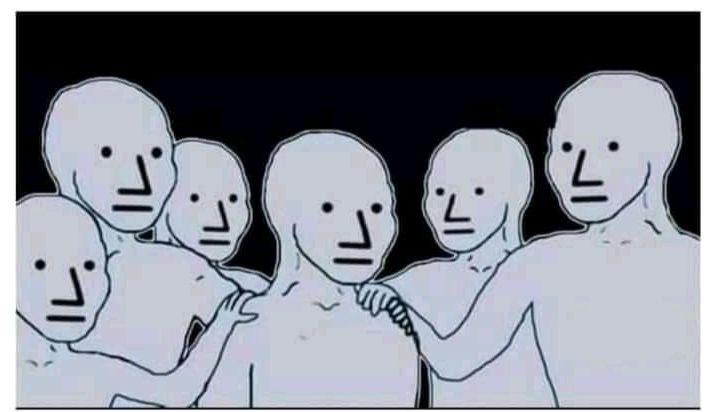What is Hand On Shoulder
Create Your Own Hand On Shoulder Meme Hand On Shoulder
Hand On ShoulderHand On Shoulder
The 'Hand On Shoulder' is a widely recognized non-verbal gesture where one person places their hand gently on the shoulder of another. This simple act is often depicted in various forms of media, from photographs and paintings to film and real-life interactions, signifying a range of human emotions and intentions.
🤨 Meaning
This powerful piece of body language carries diverse meanings, largely depending on the context, relationship between individuals, and accompanying facial expressions or verbal cues. Predominantly, it conveys:
- Support and Comfort: A common interpretation is offering solace or empathy, signaling 'I'm here for you' during times of distress or grief.
- Encouragement and Reassurance: It can be a gesture of motivation, telling someone 'You've got this' or 'It's going to be okay,' instilling confidence.
- Guidance or Direction: A gentle hand on the shoulder can subtly direct someone's attention or physical movement.
- Affection and Camaraderie: Among friends, family, or close colleagues, it can express warmth, closeness, and solidarity.
- Authority or Patronage: In some hierarchical settings, a superior might place a hand on a subordinate's shoulder to signify approval, a gentle warning, or a moment of shared understanding.
📖 Origin
The 'Hand On Shoulder' gesture doesn't have a singular, documented origin point in history, as it appears to be a deeply ingrained, universal human behavior rooted in our need for social connection and non-verbal communication. Anthropologically, physical touch has always been a fundamental way for humans to convey emotions and intentions, predating complex verbal language. This particular gesture likely evolved naturally from our innate capacity for empathy and social bonding. It's observed across diverse cultures and historical periods, suggesting its universality rather than a specific cultural invention. From ancient art depicting comforting gestures to modern-day interactions, the act of placing a hand on another's shoulder has consistently served as a powerful, intuitive form of communication. While there isn't a specific 'founding moment' or a YouTube video detailing its invention, countless videos across platforms demonstrate its use in everyday life, reinforcing its timeless and universal nature.
🎙️ Usage
The 'Hand On Shoulder' gesture is suitable for a wide array of social and emotional situations where non-verbal communication can enhance or replace spoken words. It is particularly effective in moments requiring empathy, leadership, gentle correction, or silent understanding.
Here are specific examples of its usage:
- Comforting a Grieving Friend: Placing a hand on their shoulder while offering condolences, signifying 'I'm so sorry for your loss, and I'm here for you.'
- Encouraging a Nervous Colleague: Before a big presentation, a gentle pat on the shoulder can convey 'You've prepared well, you can do this.'
- A Coach Motivating an Athlete: After a tough play, a coach might put a hand on an athlete's shoulder to say 'Good effort, keep your head up.'
- A Parent Reassuring a Child: When a child is scared or upset, a comforting hand on their shoulder can communicate 'It's okay, I'm here to protect you.'
- Acknowledging Good Work: A manager might place a hand on an employee's shoulder to silently acknowledge and appreciate a job well done.
- Guiding Someone Gently: In a crowded place, a hand on the shoulder can subtly direct someone without the need for verbal instruction.
- Offering Solidarity: Among friends facing a common challenge, a hand on the shoulder can signify 'We're in this together.'
🖼️ Related Images










